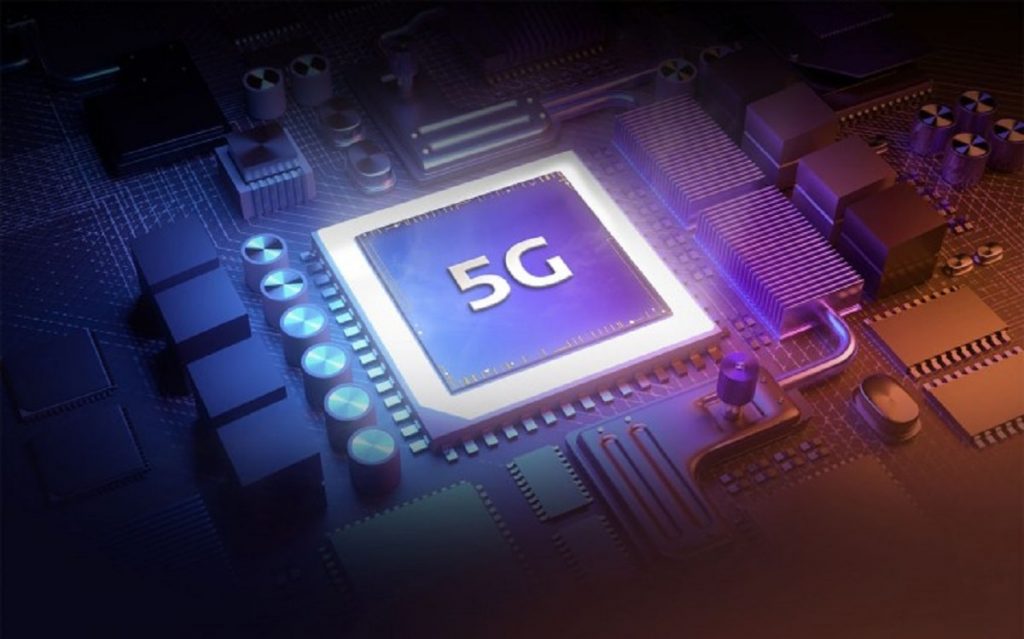By 2040, the growth of 5G technology is expected to make a significant contribution to India’s GDP, with the development of the domestic chip-making industry being a crucial factor in this advancement.
India’s digital revolution has been rapidly advancing, and the adoption of 5G technology is the next step in this transformation. Experts predict that 5G will be a significant contributor to India’s GDP by 2040, and the development of a domestic chip-making industry will play a critical role in this transformation.
The potential impact of 5G on India’s economy is enormous. The technology promises to deliver unprecedented speed, reliability, and connectivity, enabling a wide range of applications, from autonomous vehicles to virtual and augmented reality. The development and deployment of 5G infrastructure in India will be a catalyst for innovation, job creation, and economic growth.
According to a recent report by the Boston Consulting Group (BCG), 5G technology could add up to $1 trillion to India’s GDP by 2035. The report also predicts that 5G will create millions of new jobs in areas such as application development, network deployment, and device manufacturing.
The growth of 5G technology in India will be driven by the availability of affordable and high-quality chipsets. At present, India is heavily dependent on imports for its chip requirements, which puts a significant strain on the country’s balance of payments. However, the Indian government has taken several measures to encourage domestic chip-making, including the creation of a $6.5 billion production-linked incentive scheme to attract global semiconductor companies to set up manufacturing facilities in the country.
The government’s efforts to promote domestic chip-making are already bearing fruit. In 2020, the Indian government announced a plan to set up a semiconductor fabrication plant, which will be the first of its kind in the country. The plant is expected to have a capacity of 20,000 wafers per month and will produce chips for use in applications such as smartphones, automotive electronics, and the Internet of Things (IoT).
The establishment of a domestic chip-making industry will not only reduce India’s dependence on imports but will also create a new ecosystem of suppliers, manufacturers, and service providers. This will lead to the development of a robust and sustainable technology ecosystem that can support the growth of 5G and other emerging technologies.
The benefits of 5G are not limited to the economic sphere. The technology also has the potential to transform several areas of Indian society, including healthcare, education, and agriculture. For example, 5G can enable remote consultations between doctors and patients, facilitating access to healthcare services in rural and remote areas. Similarly, 5G can be used to deliver high-quality education to students in remote areas, bridging the digital divide.
In the agricultural sector, 5G can enable precision farming, which involves the use of sensors, drones, and other IoT devices to monitor and optimize crop yields. This can help Indian farmers increase their productivity and reduce their reliance on traditional farming methods.
The development and deployment of 5G technology in India will not be without its challenges. One of the most significant hurdles is the high cost of spectrum, which is necessary for the operation of 5G networks. The Indian government will need to balance the need for revenue generation with the imperative to provide affordable and accessible 5G services.
Another challenge is the need for extensive infrastructure development. The deployment of 5G networks requires a significant amount of investment in new infrastructure, including base stations, antennas, and fiber-optic cables. The government will need to work closely with industry players to ensure that the necessary infrastructure is in place to support the growth of 5G.
In conclusion, 5G technology has the potential to transform India’s economy, society, and way of life. The development of the domestic chip-making industry will be a critical enabler of this transformation, reducing India’s dependence on imports and creating a new ecosystem of suppliers, manufacturers, and service providers.
Follow TelecomByte for the latest Tech News, also keep up with us on Twitter, and Facebook.
